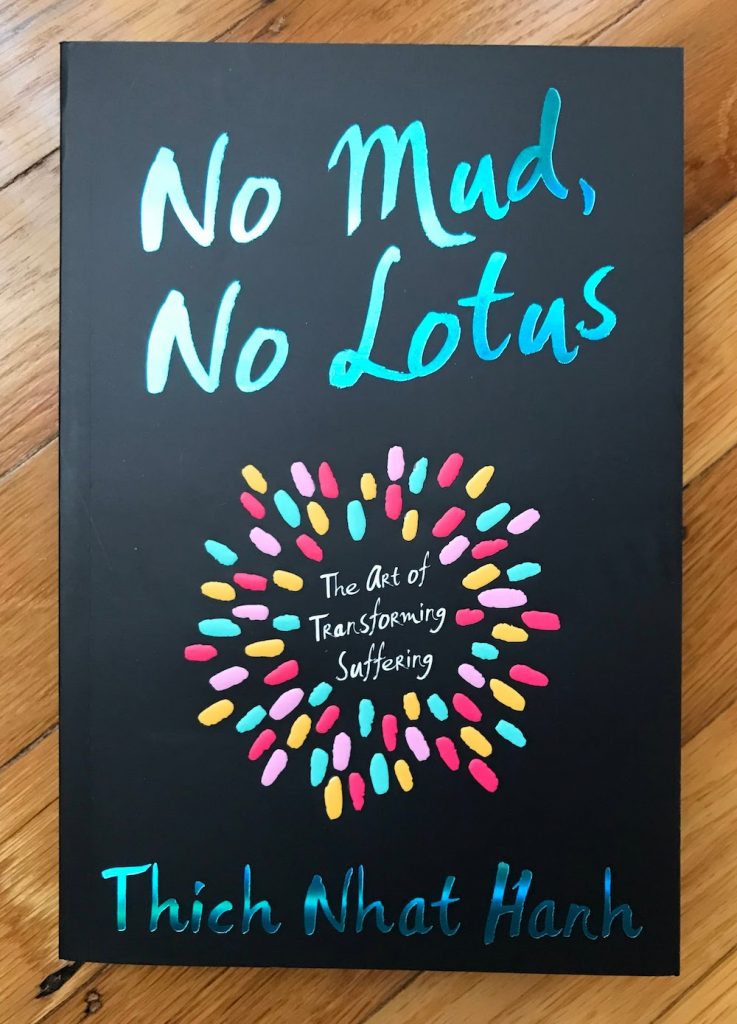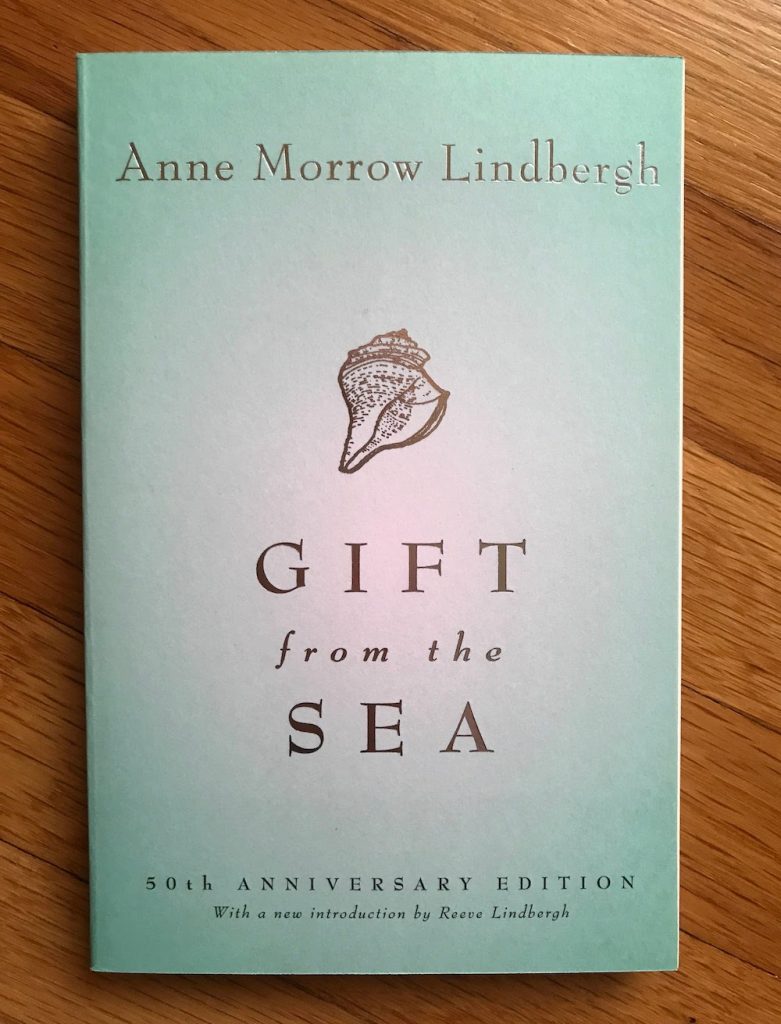My mother apologized a few years back for keeping me so BUSY in childhood. Her mother did it to her, and while her family was Catholic, it still felt like a “Protestant Work Ethic” problem: busy people of all ages with no time to think will be docile and have no time to sin! Business = godliness!
Being “busy” to the point of not really having a life is a difficult habit to break, and so there are self-help articles about how other cultures do it. Wrapping the idea of rest or passivity in labels and costumes from another culture feels hip and exotic.
My favorite versions of these are my various Zen Buddhist books, which encourage us to sit, breathe, and observe our thoughts. (I have a list of friends who confide that they MUST NOT, under any circumstances, be alone with their thoughts, and I honestly worry for them.)
The Dutch are hip and have a word/concept for what we in California might call “chilling,” about being in and aware of your surroundings without multitasking, which is a nice reminder that such things are possible.
Perspective | The Dutch have a name for doing nothing. It’s called niksen, and we need more of it.
Last year, I quit a terrible job in corporate middle management. I was stressed all the time, traveling once or twice a month, occasionally internationally, and work followed me everywhere: from the first email in the morning, sometimes as early as 5 a.m., until the last texts late into the evening.
~~~
My holiday time off – several consecutive days in a row! – is jarring, since I’ve been doing metaphorical firefighting for so long that moments of calm almost make me uncomfortable.
As a creative person, I need this time to unwind and think my own thoughts, yet can still feel like I need to be “busy” with work that OTHERS deem “productive,” and that will never get me anywhere I want to go.
It’s nice to be reminded that I can (with effort and practice) relax and appreciate being alive without judging myself harshly for doing so.


